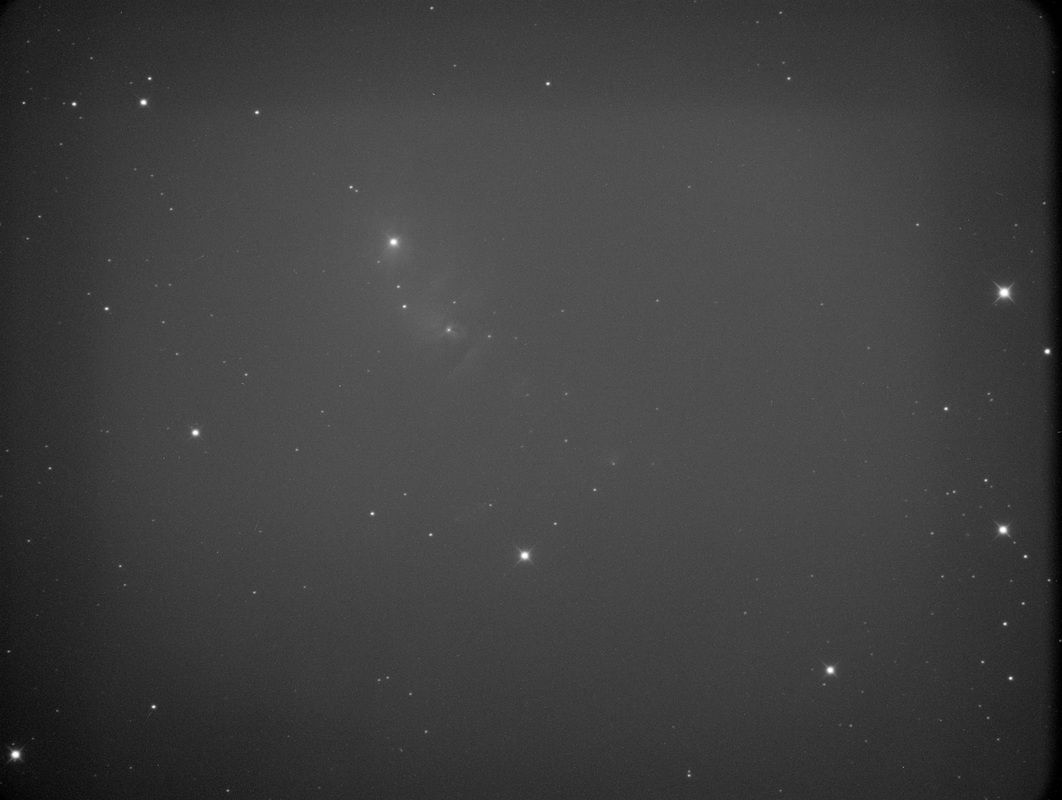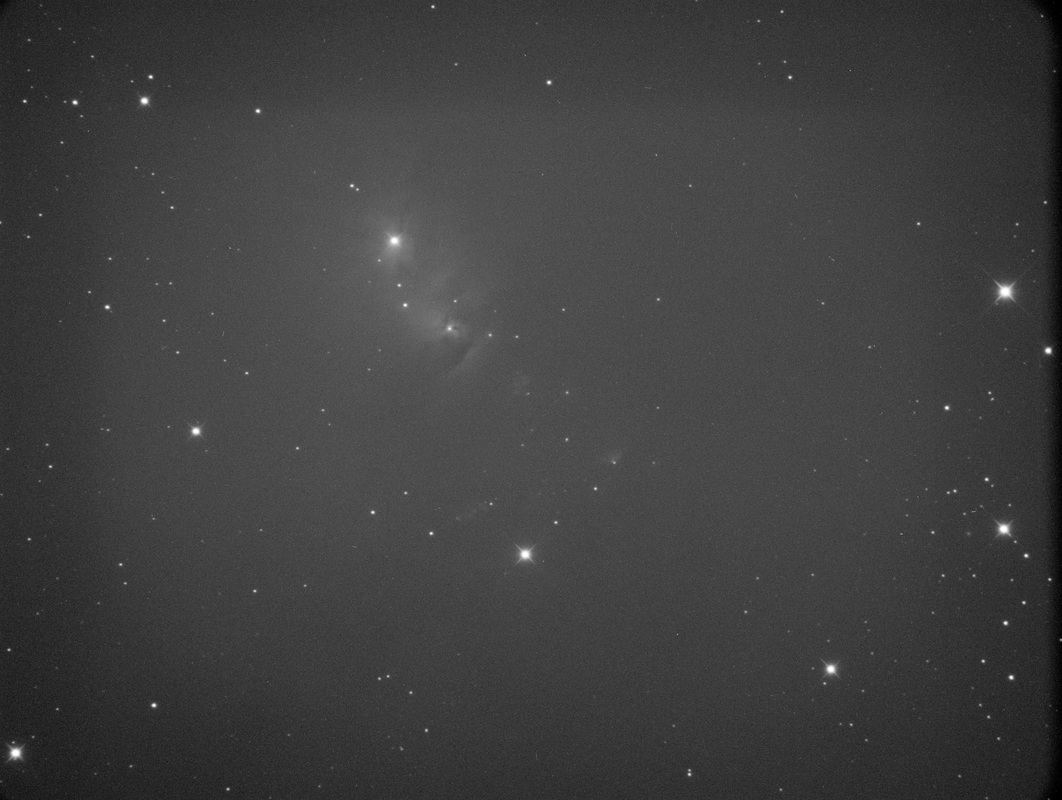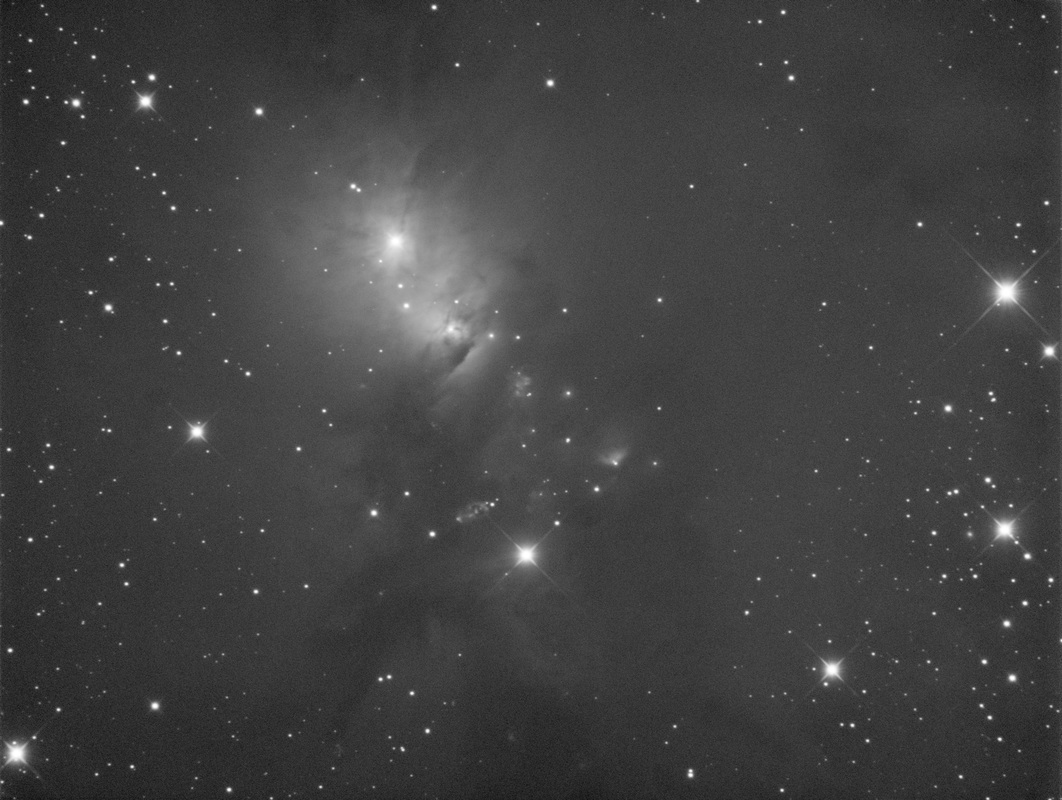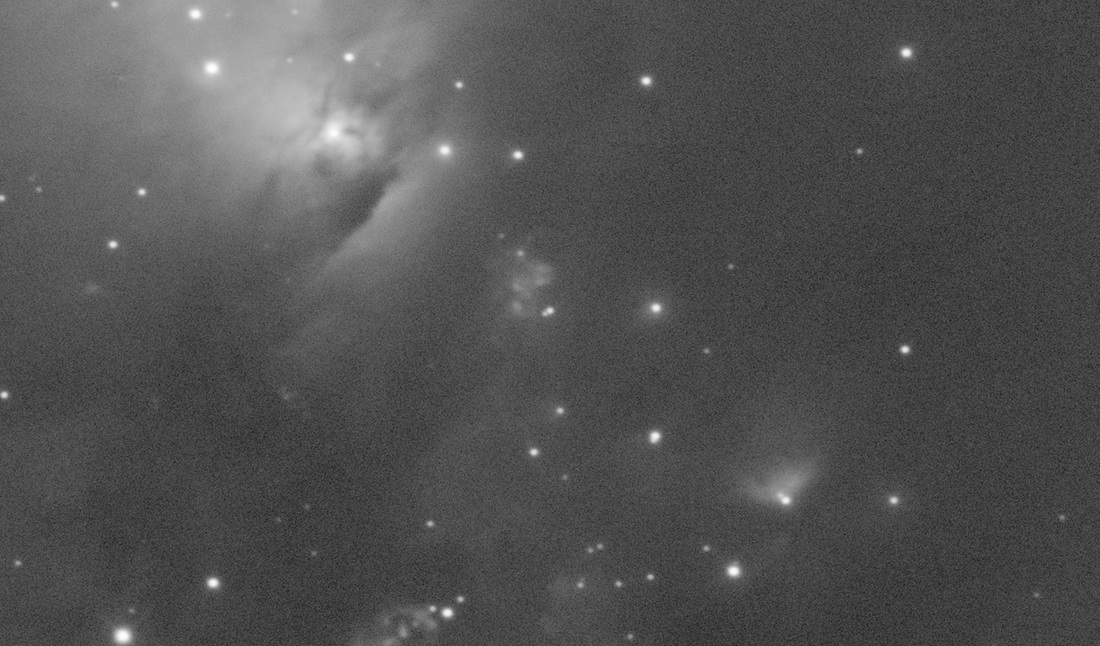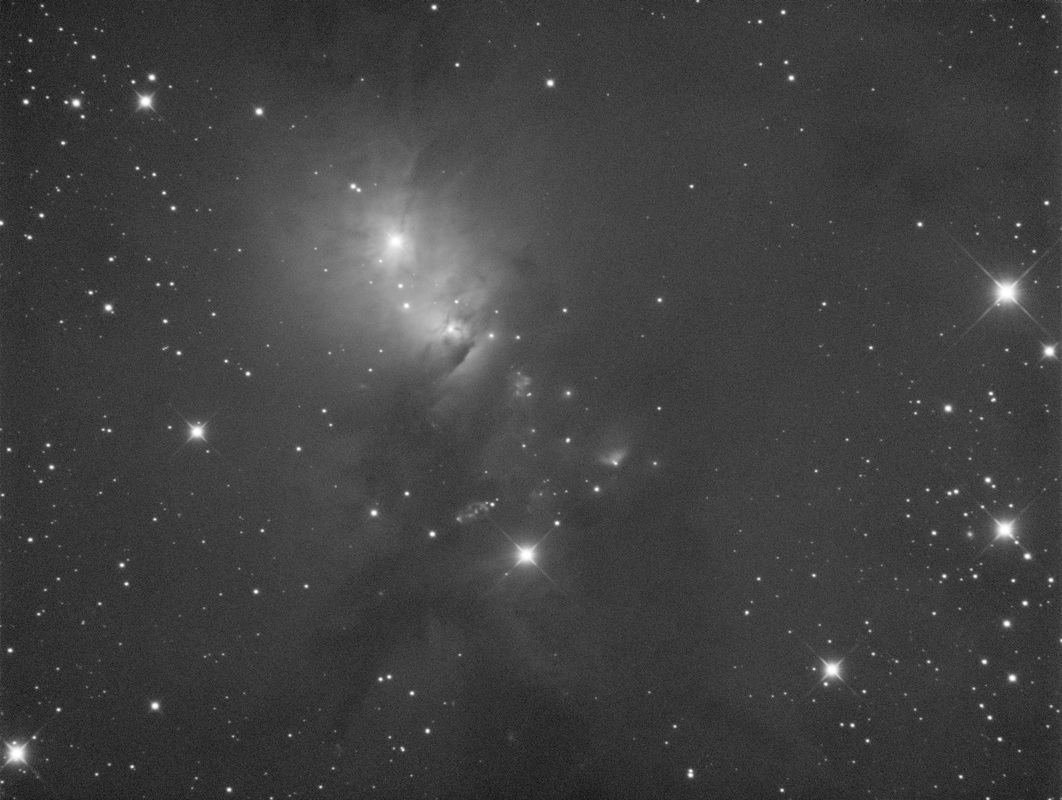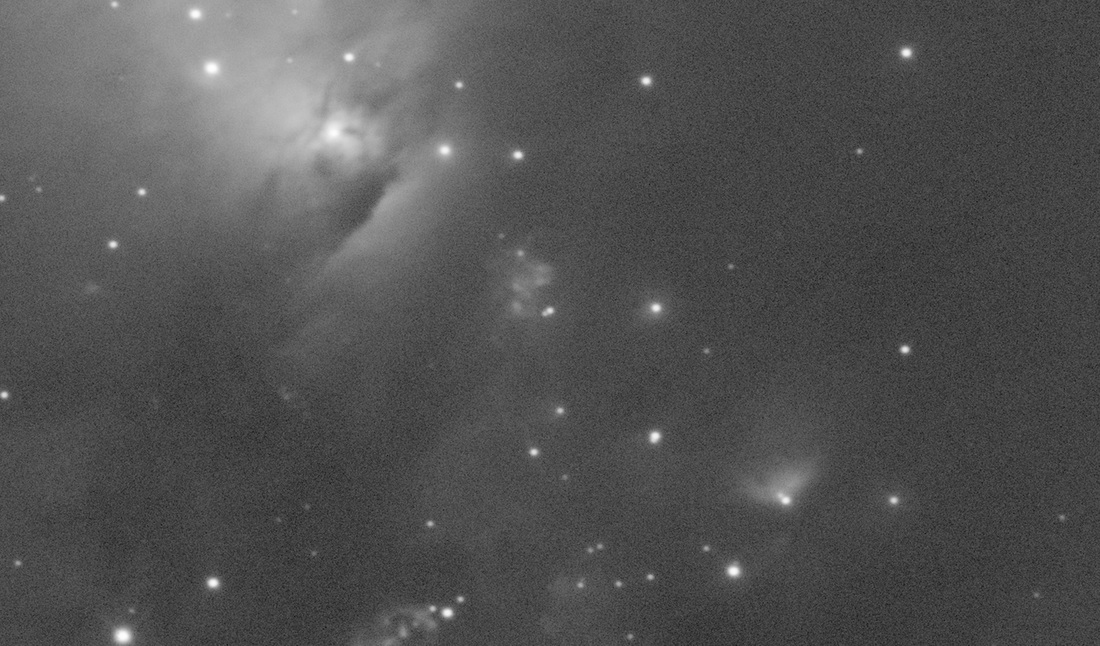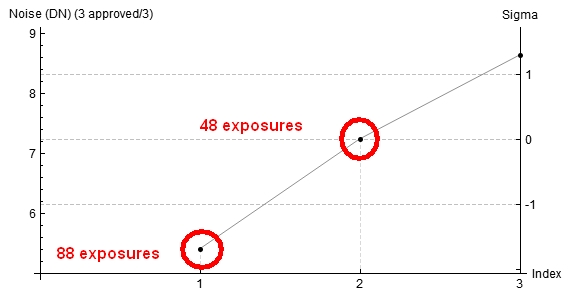Rubbish in and rubbish out - What does it mean?
This is a phrase that is so often banded about in imaging that it must be true. What it means in essence is that if your subs are rubbish (I use that term loosely) and you put them through calibration, stacking etc then the final image you get out of the software to begin processing is going to be rubbish.
I am not saying that if you put in all rubbish exposures you are going to be able to make a masterpiece - There are no shortcuts and corners to cut. Instead what I am considering is if you have a MIXTURE of both good and bad, is it better to stack LESS good subs or put them all in and have more in the final stack?
I've decided to put that to the test with a surprising result.
I am not saying that if you put in all rubbish exposures you are going to be able to make a masterpiece - There are no shortcuts and corners to cut. Instead what I am considering is if you have a MIXTURE of both good and bad, is it better to stack LESS good subs or put them all in and have more in the final stack?
I've decided to put that to the test with a surprising result.
What is my definition of rubbish?
I am currently working on NGC1333 and I can not lie, it IS low in the sky for me until later and I am very impatient. So in my quest to maximise data I've started gathering my luminance data as early as possible. When I've looked at the 88x600s exposures that I have so far I can honestly say that they need culling, and I need to lose almost half of them in order to just put decent data in.
They are not rubbish in the sense of the word that that the stars are elongated or that there are tracking issues, but the sky brightness and sky quality is such that in easily 40 exposures you can not see anything above a very faint image in the exposure. Below is an example of two exposures - One that I would consider rubbish and one that I would consider to be acceptable to use. These are both 600s exposures taken at different times of the night, neither have been calibrated in any way - They are as they come out of the camera with an equal stretch so you can see the difference.
They are not rubbish in the sense of the word that that the stars are elongated or that there are tracking issues, but the sky brightness and sky quality is such that in easily 40 exposures you can not see anything above a very faint image in the exposure. Below is an example of two exposures - One that I would consider rubbish and one that I would consider to be acceptable to use. These are both 600s exposures taken at different times of the night, neither have been calibrated in any way - They are as they come out of the camera with an equal stretch so you can see the difference.
Will it always be rubbish?
I will reiterate here that I would NOT be considering using badly guided exposures showing star elongation and guiding faults. This is purely about using data that has been taken in high haze for example.
When you look at sky conditions it's worth noting as well that they won't always result in poor exposures. When using longer focal lengths (1700mm in this case) it will be less forgiving of imperfection. Haze and seeing will play havoc with exposures. Had I been using a shorter focal length scope for example (perhaps under 400mm) then it would be far more forgiving of the conditions and would probably result in data that would be absolutely fine to use.
Here's a site I use to determine the conditions at any given time SkippySky
In the first image (That I have called rubbish exposure) you can see that the sky background is high and there's little detail of NGC1333 showing through.
When you look at sky conditions it's worth noting as well that they won't always result in poor exposures. When using longer focal lengths (1700mm in this case) it will be less forgiving of imperfection. Haze and seeing will play havoc with exposures. Had I been using a shorter focal length scope for example (perhaps under 400mm) then it would be far more forgiving of the conditions and would probably result in data that would be absolutely fine to use.
Here's a site I use to determine the conditions at any given time SkippySky
In the first image (That I have called rubbish exposure) you can see that the sky background is high and there's little detail of NGC1333 showing through.
My first thought was to delete the rubbish files and only calibrate and stack the good ones (48 in total). Having done this I wondered whether the 40 that I discarded would have really made the data out the other end of the process rubbish, so I calibrated and stacked them as well.
I've attached them below as well as a 100% crop of each so that you can see for yourself whether having almost 50% of rubbish subs in the stack has resulted in a rubbish out scenario.
I've attached them below as well as a 100% crop of each so that you can see for yourself whether having almost 50% of rubbish subs in the stack has resulted in a rubbish out scenario.
I guess what I was surprised at was there was was little by way of image clarity deterioration when all of the exposures were added in together. The noise was considerably less with all of the subs added in as well as can be seen from the graphic below
|
Here you can see the representation of noise levels between the two different stacks of data. There is significantly less noise in the stack with 88 exposures (which we would expect) BUT when looked at in conjunction with the above images I would say that the noise has decreased but NOT to the detriment of overall image quality. |
My conclusion (Based on my own experiment)
Rubbish in and rubbish out is a phrase I will certainly not be taking at face value in the future. If I have a load of exposures that I would consider poor because of high level cloud and sky background, will I keep them and use them or not? The above DOES show a slightly better detailed image in the 48 good exposures for sure, but there's much more noise. So it's worth taking some time to decide whether the considerable decrease of noise is worth the slight decrease in detail. If I am on a limited time for data capture, then for sure I would keep all exposures. If I can forsee many clear nights in the future then I'd only keep the good ones and just build on them....... but is this a luxury that we have?
That's not to say that I would keep in images with bad guiding and tracking - I wouldn't - but in my case, what I would class as rubbish is not acting in a hugely detrimental way to my overall data.
I would recommend anyone to do a similar experiment and see for yourself whether your bad data is worth keeping or not - You may be surprised.
That's not to say that I would keep in images with bad guiding and tracking - I wouldn't - but in my case, what I would class as rubbish is not acting in a hugely detrimental way to my overall data.
I would recommend anyone to do a similar experiment and see for yourself whether your bad data is worth keeping or not - You may be surprised.
